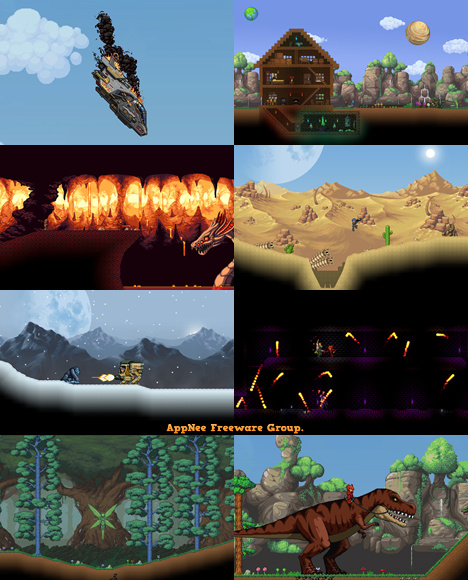

3) Rogue planets could be bending light and be revealing themselvesĪn artist's depiction of a rogue planet. The planet was first spotted in 2018, but it took scientists three years to confirm 2M0437b's existence since its parent star moves very slowly across Earth's sky. Its juvenile age of just a few million years means that the world is newly formed and therefore its surface is incredibly hot, perhaps as scorching as lava. It is much younger than the planets in the solar system, for instance. In addition to its proximity to Earth - a short 417 light-years away - this place is also one of the youngest exoplanets ever found. The planet featured in this view is close enough to Earth that the Subaru Telescope at the summit of Hawaii's Mauna Kea volcano was able to photograph it.Įxoplanet 2M0437b is a fascinating world. The amazing photo is not a common occurrence. (Image credit: Subaru Telescope)Īstronomers captured an image of a baby exoplanet as light reflected off this young world. The extremely bright host star has been mostly removed by image-processing techniques the four "spikes" are artifacts produced by the telescope's optics. 2) Astronomers capture a planetary baby photoĪ direct image captured by the Subaru Telescope of the newfound exoplanet 2M0437b, a gas giant that circles a star 417 light-years from Earth. It was there that they found M51-ULS-1b, a potentially Saturn-sized exoplanet that orbits its parent star and an incredibly dense object (like a neutron star or black hole) at about twice the distance at which Saturn orbits the sun. In the Whirlpool galaxy alone, they looked at 55 different star systems. The team used NASA's Chandra X-ray Observatory and the European Space Agency's XMM-Newton space telescope to scan several spots across multiple galaxies, all in a quest to locate a planet outside the Milky Way. X-ray observations allowed the researchers to see the objects transiting stars farther away in space. This exoplanet candidate, called M51-ULS-1b, was spotted by scientists who were looking for dips of X-ray brightness instead of changes in optical light. Astronomers use spacecraft like TESS to find alien worlds this way.īut astronomers put a twist to this method to find the potentially-supergalactic world. The faint periods often indicate that a planet is passing in front of the star's face, at least from our perspective on Earth. One typically-used technique to detect exoplanets is the transit method, in which scientists look for dips in a star's optical brightness.


 0 kommentar(er)
0 kommentar(er)
